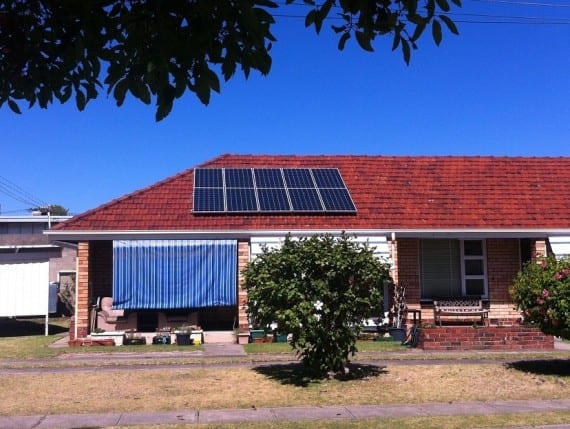The Australian Energy Market Operator will soon be able to keep tabs on where – and exactly how much – solar and battery storage is installed behind the meter on the national electricity market, as it seeks to harness these valuable distributed resources to aid in the running of the grid.
The Australian Energy Market Commission said on Thursday that it had made a final rule for AEMO to establish a register of distributed energy resources (DER) in the NEM, including small-scale battery storage systems and rooftop solar.
The register – which will be compiled mostly using data collected through network businesses – will give AEMO and the broader industry visibility of where DER is connected, to help in planning and operating the power system as it transforms, the statement said.
The final rule also allows AEMO to incorporate any other relevant data it receives, such as from the Clean Energy Regulator or state safety regulators, where appropriate.
The rule is an important step for AEMO, particularly in terms of battery storage, which has so far been flying under the radar, with no official record of installs.
The Clean Energy Regulator, which registers rooftop solar through via Small-scale Renewable Energy Scheme, says it has collected only “some information” on battery installs, which are building gradually in Australia, and expected to boom sometime in the next few years.
On the conservative end of the forecasting scale, AEMO’s own Electricity Statement of Opportunities (ESOO), has predicted that battery storage installs will reach 2.6GW in 20 years time, less than half the uptake forecast its 2017 document (5.7GW).
Bloomberg New Energy Finance, meanwhile, in June predicted more than 15GW of behind-the-meter battery storage in Australia by 2038 – which is likely to be closer to reality, particularly considering the recent battery subsidy announcements from the governments of South Australia and Victoria.
Whatever the number, knowing where these batteries are, what capacity for storage they have, and being able to access their combined capacity, will be key to the market operator’s future management of the grid.
And AEMO, in partnership with ARENA, have already shown this in action, in their work with various state governments to aggregate a total of 146MW of demand response capacity last summer. They will be doing the same thing, but on a larger scale, this coming summer.
The findings from that trial, presented in a joint submission to the Australian Energy Markets Commission, highlighted the potential savings from demand response, particularly over the diesel generators that have traditionally responded when supply is short.
Separately, a cost benefit analysis by Jacobs, commissioned by the COAG Energy Council last year, put the value of establishing a battery register at between $13.3 million and $15.1 million over a 14-year period, thanks to deferred infrastructure and improved forecasting accuracy (which means less need for expensive FCAS).
But there is work to be done, yet. AEMC says the new register must be in place by 1 December 2019.
In the meantime, AEMO is required to make and publish the first information guidelines for the register by the start of June 2019, as part of transitional provisions which get underway next week, on the September 18.










